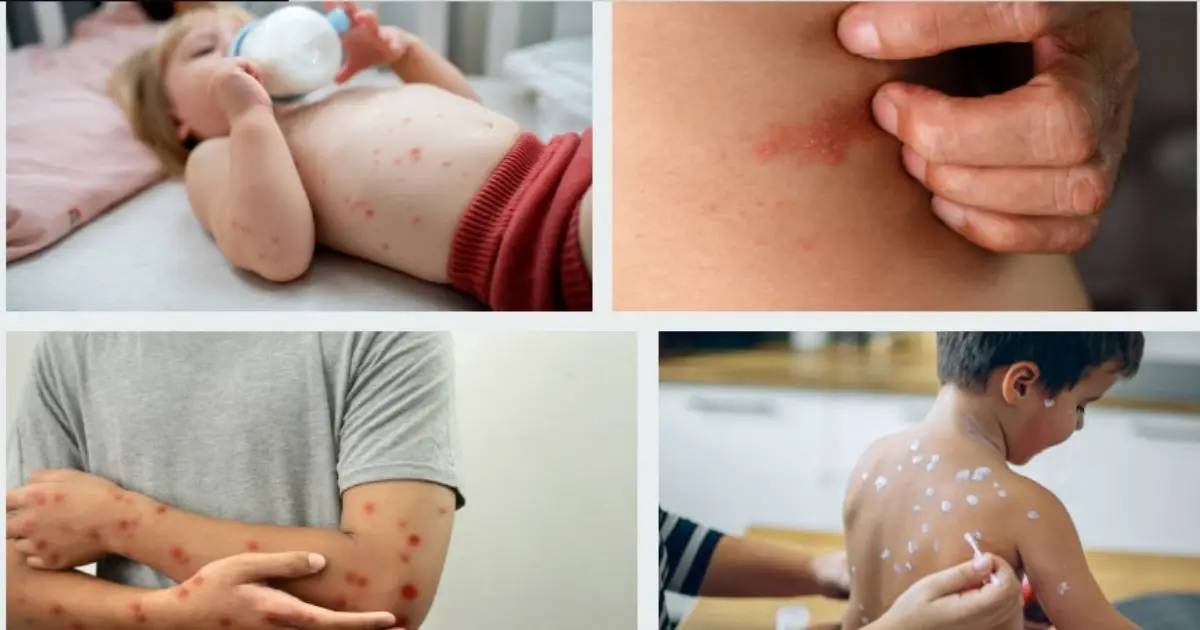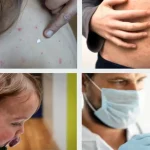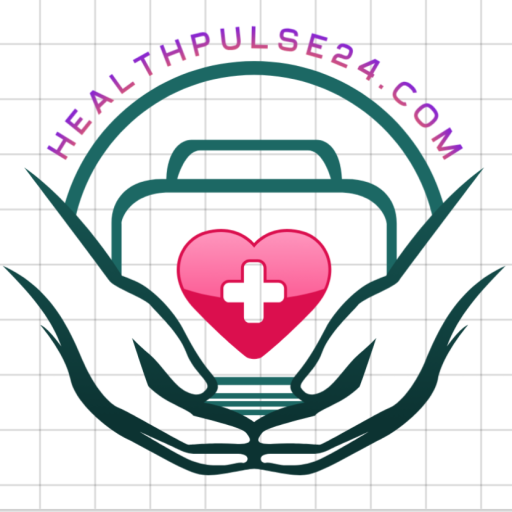Chickenpox is a highly contagious viral infection caused by the varicella-zoster virus (VZV). It primarily affects children, though adults who have never had chickenpox or the vaccine are also at risk. Though chickenpox is often seen as a childhood illness, its symptoms, causes, treatment options, and prevention methods are important to understand for everyone. This article provides a comprehensive guide to chickenpox, including everything from the first signs to the latest prevention methods.
What is Chickenpox?
Chickenpox, also known as varicella, is a viral infection that causes an itchy, blister-like rash. It spreads through direct contact with an infected person, either through their respiratory droplets or by touching contaminated surfaces. Though chickenpox was once considered a rite of passage for children, its contagious nature makes it a significant health concern, particularly for those with weakened immune systems or pregnant women.
- Virus Behind Chickenpox: Varicella-Zoster
- Chickenpox is caused by the varicella-zoster virus (VZV), a member of the herpesvirus family.
- Unlike the herpes simplex virus, which causes cold sores, VZV causes the varicella (chickenpox) in its primary infection and shingles in later life.
- History of Chickenpox and Vaccination
- Chickenpox was once a common childhood illness, but with the introduction of the varicella vaccine in the 1990s, rates of chickenpox have dropped significantly.
Symptoms of Chickenpox
Chickenpox typically begins with mild symptoms and progresses to the hallmark rash. The rash evolves through several stages, and other symptoms like fever or fatigue may accompany it. Recognizing these symptoms early can help prevent complications.
- Early Symptoms:
- Mild fever and fatigue.
- Headache and loss of appetite.
- Skin sensitivity or itching in some areas.
- Rash Development:
- The rash typically begins on the face, chest, or back and spreads to other parts of the body.
- Small, red spots that turn into fluid-filled blisters, which then crust over.
- Itchy blisters that can be irritating and uncomfortable.
- Duration of Symptoms:
- The rash appears in stages, and new blisters continue to form for a few days.
- Scabs and crusts usually form in about 4-7 days, and the person becomes less contagious once all blisters have scabbed over.
How is Chickenpox Spread?
Chickenpox is highly contagious, especially in the early stages of the infection, and understanding how the virus spreads can help prevent outbreaks.
- Transmission Methods:
- Airborne transmission: Breathing in the droplets from an infected person’s cough, sneeze, or even talking.
- Direct contact: Touching the blisters or secretions from an infected person’s rash.
- Contaminated surfaces: The virus can live on surfaces for a short time, so contact with objects or surfaces touched by an infected person can lead to infection.
- Contagion Period:
- Chickenpox is most contagious 1-2 days before the rash appears and until all the blisters have crusted over, which usually takes about 7-10 days.
Who Is At Risk of Chickenpox?
While chickenpox is most common in children, adults, pregnant women, and people with weakened immune systems may experience more severe symptoms or complications.
- Children:
- Generally, children who have not received the varicella vaccine or who haven’t had the infection in the past are most at risk.
- Adults:
- Adults who have never had chickenpox or the vaccine are more likely to experience severe symptoms, including pneumonia or other complications.
- Pregnant Women:
- If a pregnant woman contracts chickenpox, especially in the first 20 weeks of pregnancy, there could be risks for the baby, such as birth defects or low birth weight.
- People with Weakened Immune Systems:
- Those undergoing cancer treatments, HIV/AIDS patients, or individuals on immunosuppressive medications are more likely to suffer from severe cases.
Treatment for Chickenpox
Although chickenpox is usually a mild illness in healthy individuals, treatment is essential to manage symptoms and avoid complications.
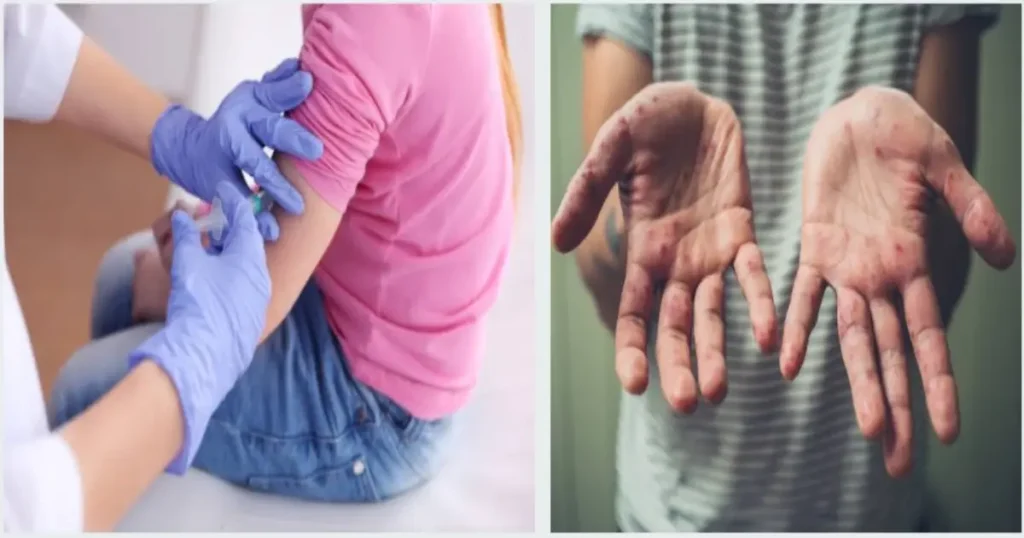
- Home Care:
- Relieving Itching: Over-the-counter anti-itch creams, oatmeal baths, or oral antihistamines like diphenhydramine can help ease the itching.
- Fever Reduction: Acetaminophen (Tylenol) is recommended for reducing fever, while ibuprofen should be avoided, as it can increase the risk of complications.
- Hydration and Rest: Ensuring that the person affected stays well-hydrated and gets plenty of rest is crucial for recovery.
- Antiviral Medications:
- For severe cases, or those in high-risk categories (e.g., adults or immunocompromised individuals), antiviral drugs like acyclovir may be prescribed to shorten the course of the illness.
- Pain Management:
- Some individuals experience significant pain, especially if the virus affects nerve endings. In such cases, pain relievers may be required under medical supervision.
Preventing Chickenpox: Vaccination and Other Methods
The introduction of the varicella vaccine has drastically reduced the number of chickenpox cases globally. However, there are additional measures individuals can take to avoid the illness.
- Varicella Vaccine:
- The best form of prevention is the varicella vaccine, which is recommended for all children, usually administered in two doses—one between 12-15 months and another between 4-6 years of age.
- The vaccine is also recommended for adults who have never had chickenpox or the vaccine.
- Post-Exposure Prophylaxis (PEP):
- If someone who hasn’t been vaccinated or infected before is exposed to chickenpox, they may be given the varicella-zoster immune globulin (VZIG) within 72 hours of exposure to reduce the severity of the illness.
- Preventing Spread:
- Infected individuals should stay home from school or work and avoid close contact with others until all blisters have scabbed over.
- Covering the rash and washing hands frequently helps reduce the risk of spreading the virus.
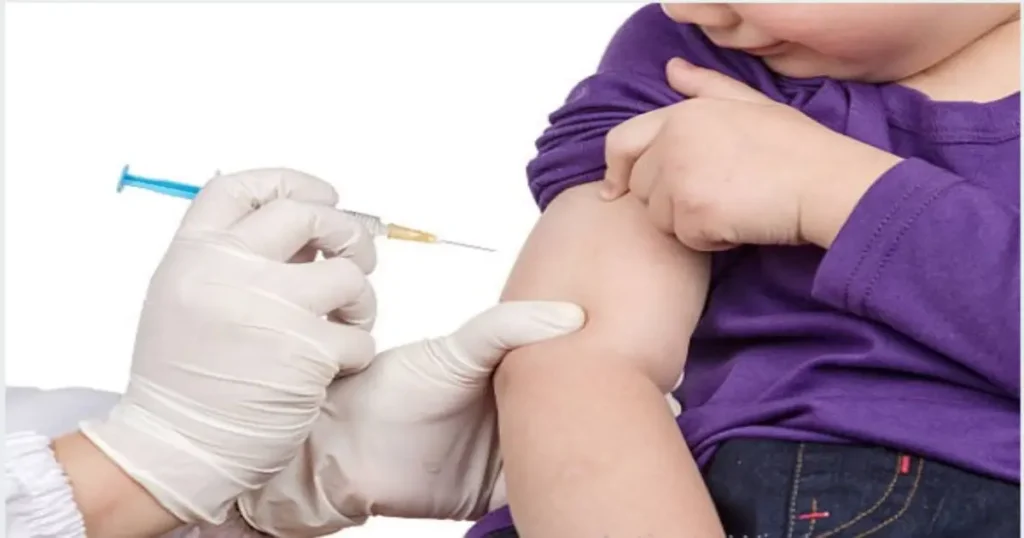
Complications of Chickenpox
Though most people recover from chickenpox without serious issues, there are potential complications, especially for high-risk groups.
- Secondary Infections:
- Bacterial infections of the skin, such as impetigo, can occur if the blisters are scratched or not kept clean.
- Pneumonia:
- Chickenpox can lead to viral or bacterial pneumonia, especially in adults or those with compromised immune systems.
- Encephalitis:
- In rare cases, the virus can cause encephalitis, an inflammation of the brain that can be life-threatening.
- Shingles Later in Life:
- After recovering from chickenpox, the varicella-zoster virus can lie dormant in the body and reactivate years later as shingles, a painful condition affecting nerves.
Chickenpox in Adults
Adults who contract chickenpox often experience more severe symptoms and complications than children.
- Severity of Symptoms:
- In adults, the rash is often more extensive, and symptoms such as fever, headache, and body aches can be more intense.
- Risk of Complications:
- Adults are at a higher risk of pneumonia, encephalitis, and other severe complications due to the immune system’s weaker response to the virus.
- Vaccination for Adults:
- Adults who have never had chickenpox should consider getting the varicella vaccine to avoid the risk of severe illness.
Chickenpox is a viral illness that, despite being less common today due to vaccination efforts, still affects many people worldwide. Understanding the symptoms, risks, treatments, and prevention options is essential for protecting yourself and others from the virus. With proper care, vaccination, and timely treatment, chickenpox can be managed effectively, and its spread can be minimized. If you or someone you know has been exposed to chickenpox or is at risk, consulting a healthcare provider for guidance on prevention and treatment options is crucial.
Chickenpox vs. Measles: How to Tell the Difference
Chickenpox and measles are both contagious viral diseases that cause skin rashes and flu-like symptoms. However, they are caused by different viruses and have distinctive characteristics.
Key Differences:
- Causative Virus:
- Chickenpox: Caused by the varicella-zoster virus
- Measles: Caused by the rubeola virus
- Rash Appearance:
- Chickenpox: Blister-like rash, starts on chest/back/face and spreads
- Measles: Flat red rash, starts at hairline and moves down the body
- Other Symptoms:
- Chickenpox: Itchy rash, fever, tiredness
- Measles: High fever, cough, runny nose, Koplik spots in the mouth
- Contagion Period:
- Chickenpox: 1-2 days before rash until blisters scab over
- Measles: 4 days before rash and 4 days after
The Lifecycle of the Varicella-Zoster Virus
Understanding how the varicella-zoster virus (VZV) behaves can help you understand both chickenpox and its later reactivation as shingles.
Stages of the Virus:
- Primary Infection – Chickenpox
- VZV enters the body via the respiratory system.
- It multiplies and causes the characteristic itchy rash.
- After recovery, the virus becomes dormant.
- Latency Period
- VZV hides in the nerve ganglia (nerve tissue clusters near the spinal cord).
- It can stay inactive for years.
- Reactivation – Shingles
- In times of stress, aging, or immune suppression, the virus may reactivate.
- It causes shingles, a painful rash localized to one side of the body.
📊 Comparison Tables
Table 1: Chickenpox vs. Measles
| Feature | Chickenpox | Measles |
|---|---|---|
| Virus | Varicella-zoster virus | Rubeola virus |
| Rash Type | Blister-like, itchy rash | Flat red rash |
| Rash Progression | Starts on torso, spreads outward | Starts at hairline, spreads down |
| Key Symptom | Itching and fatigue | High fever and cough |
| Contagious Period | 1–2 days before rash to scab stage | 4 days before to 4 days after rash |
| Koplik Spots | Not present | Present (white spots in the mouth) |
| Vaccine Available | Yes | Yes |
Table 2: Chickenpox – Children vs. Adults
| Aspect | Children | Adults |
|---|---|---|
| Commonality | Very common | Less common |
| Severity | Generally mild | Often more severe |
| Complication Risk | Low | High (e.g., pneumonia, encephalitis) |
| Fever | Mild to moderate | High fever more likely |
| Recovery Time | 1–2 weeks | 2–3 weeks or longer |
| Treatment | Usually home care | May require antivirals |
Frequently Asked Questions About Chickenpox
1. Can you get chickenpox more than once?
Typically, no. After the first infection, the body builds immunity. However, the virus can reactivate later in life as shingles, not chickenpox.
2. Is chickenpox dangerous for pregnant women?
Yes. If a pregnant woman contracts chickenpox, it can lead to congenital varicella syndrome, affecting the baby’s development.
3. How long does chickenpox last?
Chickenpox usually lasts 7–10 days. The rash appears in waves and crusts over in about a week.
4. Is the chickenpox vaccine 100% effective?
The vaccine is about 90% effective. Even if vaccinated individuals contract chickenpox, the symptoms are usually milder.
5. Can adults get chickenpox?
Yes. Adults who’ve never had chickenpox or been vaccinated can get infected and often experience more severe symptoms.
6. Is chickenpox airborne?
Yes. It spreads through airborne droplets from coughing, sneezing, or breathing in the same space as an infected person.
7. Can I go to work or school with chickenpox?
No. You should stay home until all blisters have scabbed, which is usually 5-7 days after the rash appears.
8. How do you relieve itching from chickenpox?
Use calamine lotion, cool oatmeal baths, or oral antihistamines to ease the itching.
9. What is the best age to get the chickenpox vaccine?
Children should receive their first dose at 12–15 months and the second at 4–6 years.
10. What’s the difference between chickenpox and shingles?
Chickenpox is the initial infection. Shingles is the reactivation of the same virus later in life, causing painful nerve rashes.
